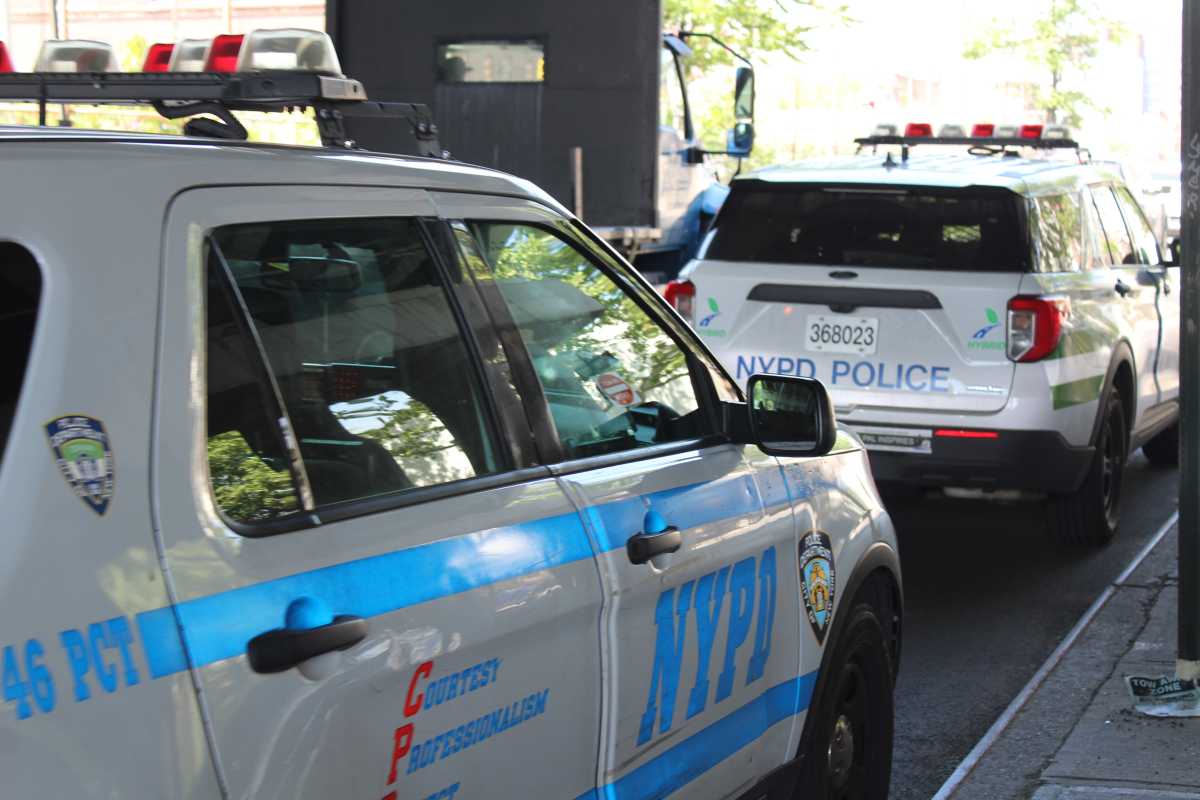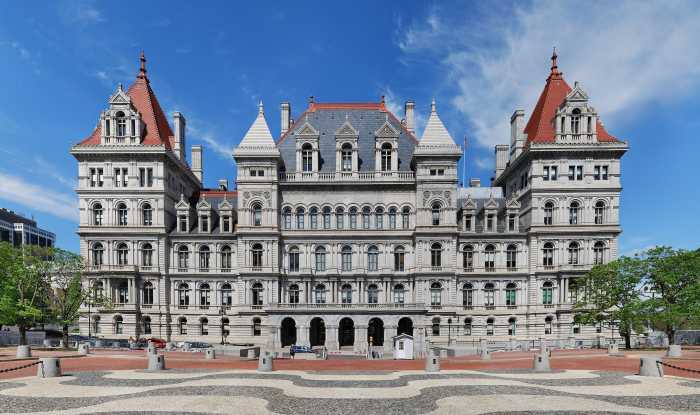Major crimes in the Bronx jumped 7% over a 28-day period from April 7 to May 4, according to new NYPD data, reversing recent downward trends and raising concerns in precincts that saw some of the sharpest increases in rapes, grand larcenies and auto thefts.
The NYPD reported a total of 2,370 major crimes during the period, up from 2,215 incidents during the same time frame last year. The increase was largely fueled by a sharp rise in reported rapes, which surged 48.1% across the borough—from 27 cases in 2024 to 40 this year.
The most dramatic spikes occurred in the 40th and 49th precincts. The 40th Precinct, which includes Port Morris, Mott Haven and Melrose, saw rapes triple from two cases last year to six. In the 49th Precinct, which covers Allerton, Morris Park, Van Nest, Pelham Parkway, Eastchester Gardens and Pelham Gardens, reports rose from one to five cases.
Grand larcenies also saw a significant borough-wide uptick, climbing 14% from 635 cases in 2024 to 735 this year. The 45th Precinct, encompassing Throggs Neck, Co-op City and City Island, experienced the steepest rise in this category, with incidents nearly doubling from 35 to 69.
That same precinct also recorded the most dramatic increase in vehicle thefts, which spiked 108%, from 25 to 52 cases. Borough-wide, car thefts rose from 328 to 388 incidents—an 18.3% jump.
While felony assaults and burglaries saw modest declines, those drops were outweighed by the increases in other categories. Overall, the data show a shift from the declines seen earlier this year and underscore the ongoing public safety challenges in several Bronx neighborhoods.
The NYPD has not yet announced new crime prevention strategies specific to these trends, but local precincts are expected to increase community engagement and visibility in areas seeing the sharpest upticks.























